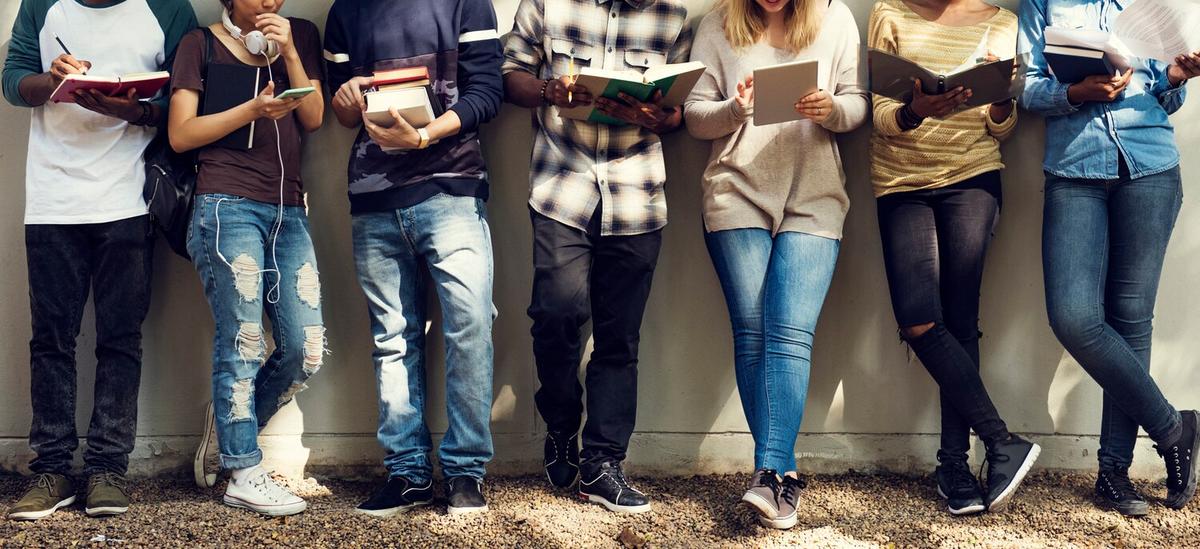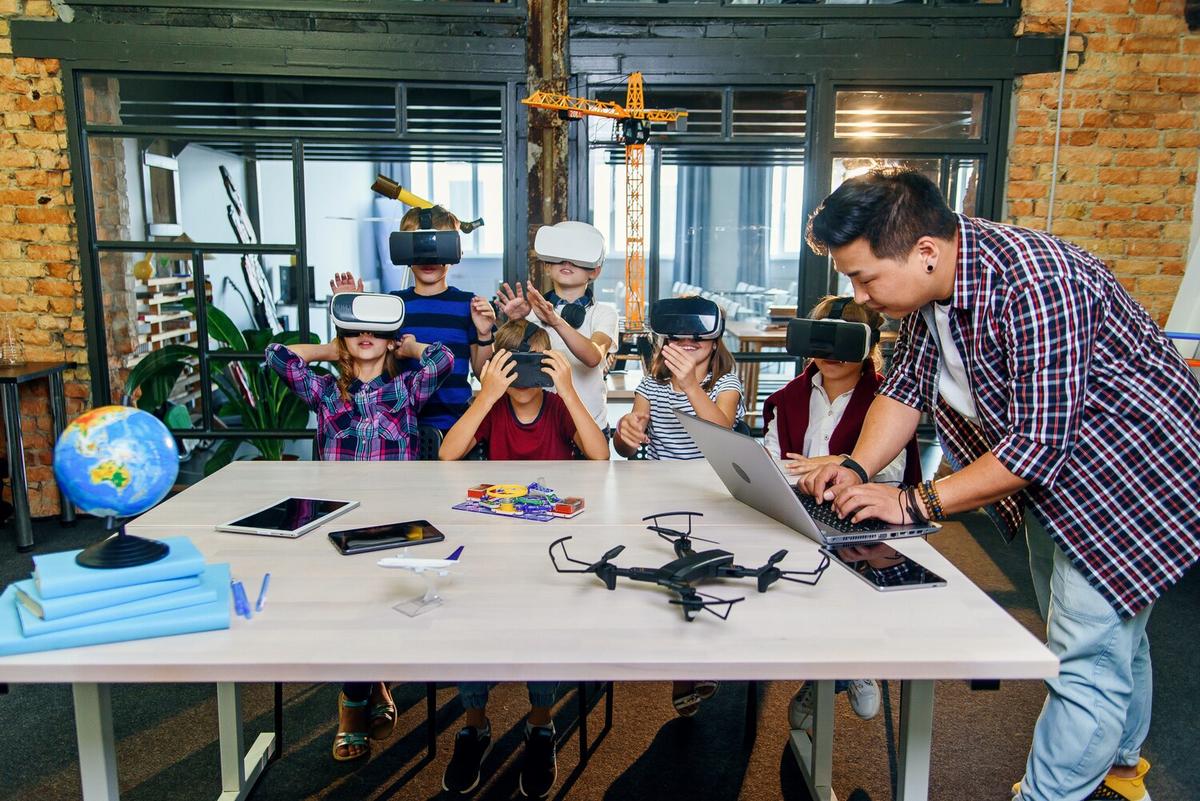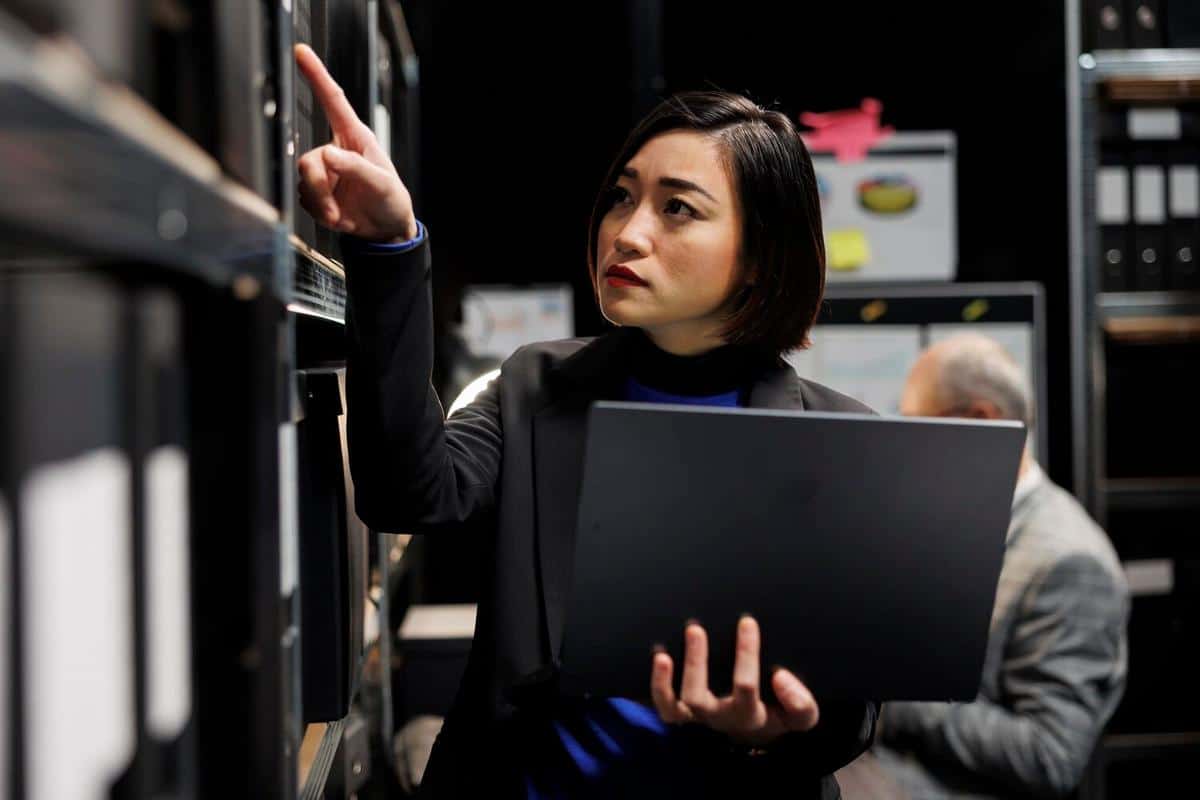-

The Impact of Virtual Reality on Immersive Learning Experiences
•
Virtual Reality (VR) is transforming the educational landscape, offering new dimensions to immersive learning experiences that were once unimaginable.
-

Culturally Responsive Teaching: Bridging the Gap
•
Culturally responsive teaching is an educational approach that seeks to recognize and embrace the diverse cultural backgrounds of students, creating an inclusive and equitable learning environment. This teaching method aims to bridge the gap between students’ home and school lives, acknowledging their cultural references in all aspects of learning.
-

Hybrid Learning Models: Best Practices Post-Pandemic
•
Hybrid learning models have emerged as a cornerstone of educational strategies in the post-pandemic world, blending traditional classroom experiences with digital flexibility to create a more adaptable learning environment.
-

Gender Equality in Education: Progress and Challenges
•
Gender equality in education has become a pivotal focus in the global educational landscape, transforming the way societies perceive and implement educational policies. As more nations commit to leveling the academic playing field, understanding the progress and ongoing challenges in achieving true gender parity becomes essential.
-

The Role of AI in Personalized Education
•
Artificial intelligence (AI) is transforming many sectors, and education is no exception. The integration of AI in personalized education is reshaping the way learners interact with content and how educators tailor their teaching strategies. This post will explore how AI contributes to personalized learning experiences, offering insights, statistics, and practical advice to enhance educational…
-

The Rise of Micro-credentials and Their Impact on Higher Education
•
The world of academia is witnessing a transformative shift with the emergence of micro-credentials, offering a flexible and targeted approach to skill development.
-

Utilizing Augmented Reality to Enhance STEM Education
•
Augmented Reality (AR) is revolutionizing the way STEM education is delivered, offering students an interactive and immersive learning experience that bridges the gap between theoretical concepts and real-world applications.
-

The Role of Blockchain in Securing Educational Credentials
•
Blockchain technology is transforming various sectors, and education is no exception. By securing educational credentials through blockchain, institutions can enhance transparency and trust in academic achievements.
-

Gamifying the Classroom: How Game Design Principles Enhance Learning
•
Imagine a classroom where students are as engaged and motivated as when they’re playing their favorite video games. This is the promise of gamifying education, a strategy that applies game design principles to the learning environment.
-

Distance Learning: Bridging the Gap in Rural Education
•
Distance learning has emerged as a transformative force in education, particularly for rural areas where traditional schooling can often fall short. By leveraging technology, educators are now able to reach students in remote locations, breaking down barriers to education access and quality.